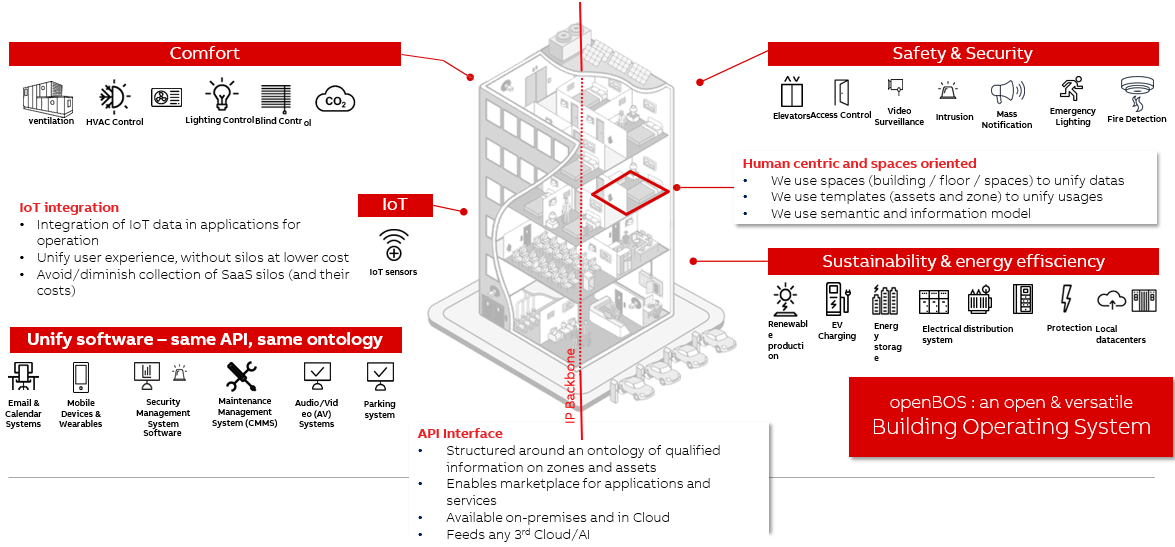From the daily operations of commercial establishments to the comfort of our homes, buildings play a vital role in our lives. However, the energy consumption associated with these buildings has significant environmental implications. In fact, buildings represent 40% of energy consumption and 36% of CO2 emissions^(1^). This is mainly attributed to the inefficient use of energy in HVAC systems, responsible for the major portion of emissions. This calls for a momentous shift in building energy management to mitigate the environmental impact.




